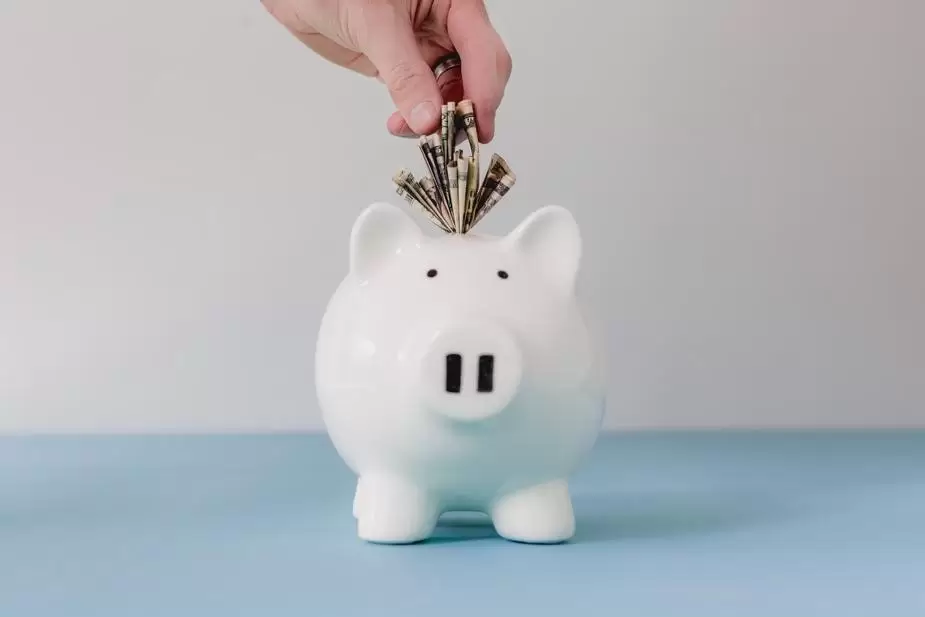You may not be able to predict when disaster strikes, but you can safely assume it will eventually. From a broken window to a broken bone, life is full of surprises, and they usually come with costly bills.
An emergency fund can help you take on these unexpected expenses faster and with less stress. But what is it exactly and how much money should it have? Find the answers to these questions and more below.

What is it?
An emergency fund is money set aside to help when things go wrong. Like, say, when your basement floods after a big rainstorm. With a well-stocked fund, you’ll be able to tap into this cash to cover any plumbing repairs you wouldn’t ordinarily be able to afford.
It also acts as a safety net for when life surprises you with a bigger problem, like a sudden layoff or illness.
It’s not to be confused with larger savings for long-term goals like buying a home or retiring. An emergency fund is for immediate concerns, so it’s usually kept in an account you can dip into here and there without incurring fees.
How Big Should it Be?
Well, it depends on who you ask!
A popular rule of thumb is to set aside three to six months’ worth of expenses. Your expenses include everything from the big things (like rent, insurance, and groceries) to the smaller things. You should add expenses like takeout and movie tickets in this calculation.
Why? Because this means you’ll be able to live your life as normal, without any austere budgeting, even if you lose your job. You’ll have what you need for the few months it takes to get back on your feet.
But in today’s job market, getting back on your feet may take longer than three months, or even six. That’s why financial experts like Suze Orman suggest bumping up your emergency fund to eight months of expenses.
Meanwhile, David Bach, author of the Latte Factor, has two year’s worth of expenses in his own. He admits to keeping his savings fully stocked because he’s conservative and worried about another recession.
How Do You Make One?
It doesn’t matter if your goal is three months of expenses or two years, like Bach. Every emergency fund starts the same way — from scratch. Remember this if you ever feel daunted by your goal.
Instead, focus on how you’ll make savings a priority each month. Look at your budget to see if you can cut back on fun stuff to put aside more cash in your fund.
One of the easiest ways to make sure this freed up cash goes to where it belongs is by making savings an automatic task. Sign into your bank or credit union to set up automatic payments, and your financial institution will transfer these funds without fail every month.
If you’re still having trouble finding ways to save, you can get more financial advice here and with your bank or credit union.
Start Saving Today
Life can be unpredictable, so you never know what sort of sudden expense or repair you’ll have to deal with. But you can know how you’ll pay for these by keeping your emergency fund fully stocked.
If you don’t already have one, open a new savings account and start it today. Check in with your budget to find out how you can cut costs to boost your savings. Eventually, you’ll put aside enough to cover whatever emergency comes your way.

